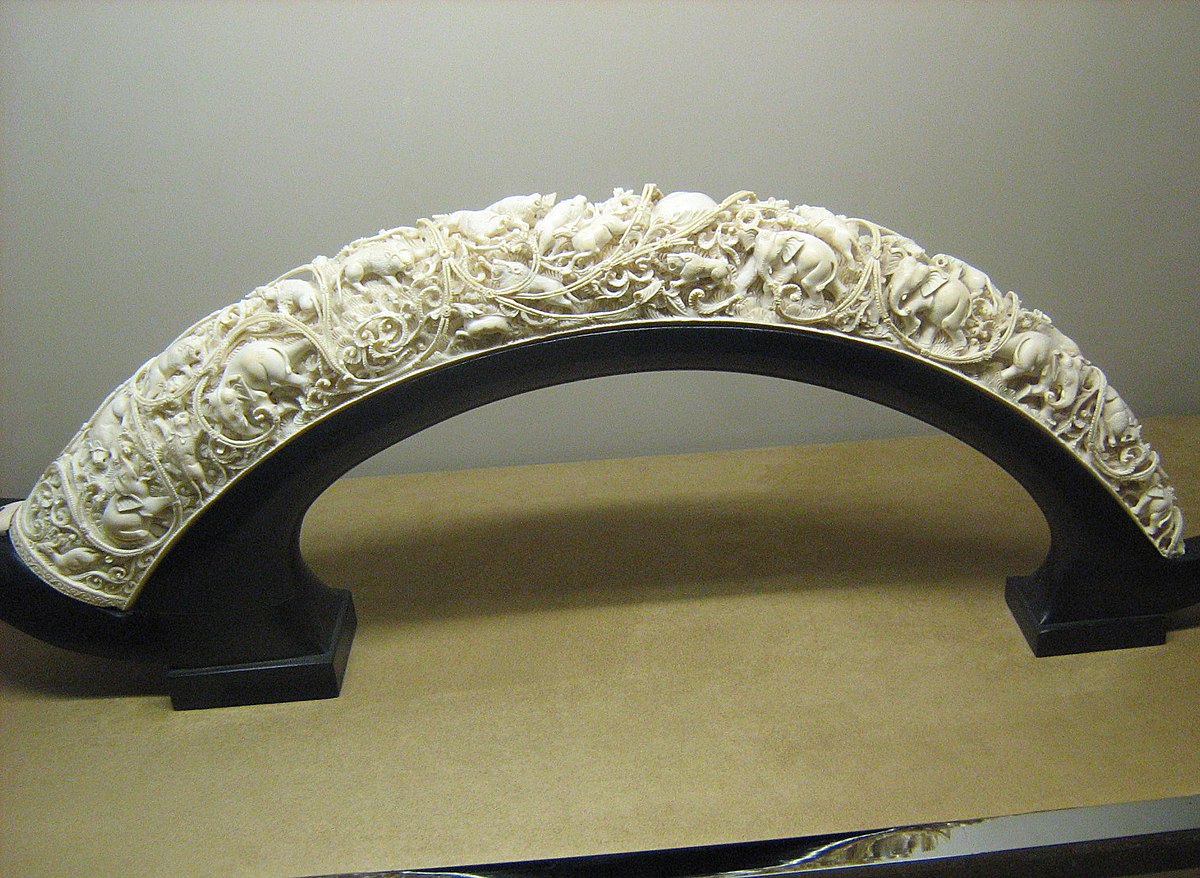When we think about the Wild West, especially a place like Dodge City, our minds often picture cowboys, vast plains, and perhaps the hustle of a frontier town, so too it's almost. But have you ever considered the more subtle, yet incredibly valuable, materials that might have found their way there? We're talking about ivory, a substance with a rich, long history, typically associated with the magnificent elephant, and how it connects, perhaps surprisingly, to the rugged spirit of places like Dodge City.
This particular material, ivory, has captivated people for ages, and that's a fact. It's a smooth, durable substance, often sourced from the tusks of large mammals like elephants, walruses, or even hippos, and it's quite prized for its beauty and its ability to be shaped. Understanding what ivory is, and how to spot it, helps us appreciate its past, and it also makes us think about its present-day implications, you know.
So, in this piece, we'll peel back the layers on ivory, exploring its true nature, how it was used in times gone by, and why its story is still very relevant today, even for places that seem far removed from its origins, like Dodge City. We'll look at its properties, its historical journey, and how its legacy continues to affect us, kind of.
Table of Contents
- What Is Ivory, Really?
- The Ancient Allure of Ivory: A Historical Perspective
- Ivory in the Wild West: A Dodge City Connection?
- Spotting the Real Thing: Identifying Ivory
- The Ethical Echoes of Ivory Today
- Frequently Asked Questions About Ivory
What Is Ivory, Really?
When people hear the word "ivory," they often think only of elephants, but it's actually a bit broader than that, you know. Technically, ivory is the term for any animal tusk or even a tooth that's used as a material for creating art or other items. It's a remarkably hard, white substance, cherished for its smooth feel and its ability to hold intricate details.
It's primarily made of dentin, which is a dense bone tissue that makes up most of teeth and tusks. This dentin is what gives ivory its characteristic strength and appearance. While elephants are certainly the most well-known source, providing the large, curved tusks we often picture, other animals like walruses, hippos, and even certain whales also provide material that's called ivory, or at least very similar, you know. Each source has its own unique characteristics, which can sometimes help in identifying the origin of an antique piece.
This material is greatly valued for its beauty, how durable it is, and how well it can be carved. The tusk itself is essentially an upper incisor that keeps growing throughout the animal's life, adding layers of dentin over time. This continuous growth is what forms the internal structure that helps in identification. It's truly a unique natural material, and that's a fact, prized for its ability to be shaped into both practical tools and exquisite decorations.
More specifically, the dentin of ivory is organized in a way that gives it a distinct grain. This grain is different from regular bone, which is typically more porous. Ivory's density and its fine, tight grain make it ideal for very detailed work, allowing carvers to create incredibly delicate and precise forms. This inherent quality is a big part of why it has been so sought after across many centuries, you know.
The Ancient Allure of Ivory: A Historical Perspective
For thousands of years, ivory has held a special place in human culture, and that's a fact. People have used it to make everything from delicate jewelry to grand works of art, and also very sacred religious artifacts. It's also been used for musical instrument parts, like piano keys or decorative elements on stringed instruments, you know, because of its smooth feel and resonant qualities.
The very word "ivory" itself has an ancient lineage, tracing its roots back to the Latin word "eboreus," eventually making its way to us through Old French as "yvoire." This long history speaks volumes about its lasting appeal, and it's quite interesting, to be honest, showing how deeply embedded this material is in our language and collective memory.
Its smooth texture and ability to take on intricate carvings made it a preferred material for artisans across many different civilizations. From the ancient Egyptians, who crafted elaborate inlays



/african-ivory-products-confiscated-by-us-fish-and-wildlife-service-128111495-5b5ce1b846e0fb005067316a.jpg)